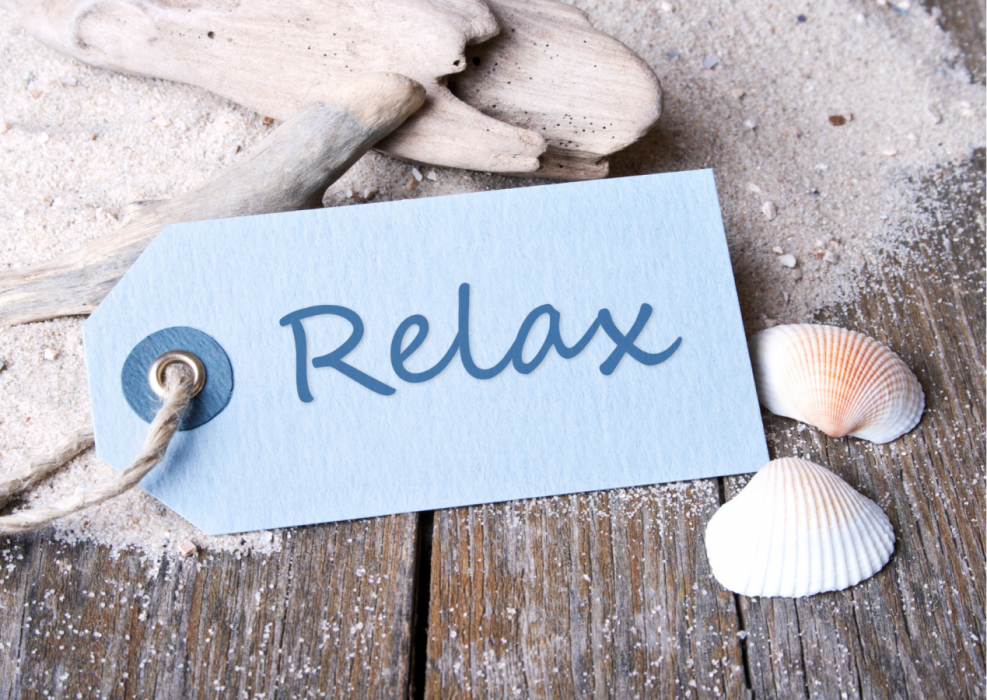Relaxation Techniques
A relaxation technique can be any method to make you feel relaxed and have a state of calmness. It can also reduce pain, stress, anger or anxiety.
The NHS recommends the following 7 relaxation techniques:
- Try to remove yourself from situations to break the cycle.
- Stop what you are doing.
- Try to manage negative thoughts.
- Changing position, relaxing your shoulders.
- Try tummy breathing.
- Self-talk.
- Exercises such as deep breathing, allowing your shoulders to drop and body to soften.
There are lots of ways to relax, with every individual reaching out into different areas as to what suits them. Here we will list different techniques that might be helpful, such as:
Reading, walking, classes such as yoga or Pilates to stretch, seated breathing exercises, doing something creative such as painting, dancing, baking, playing, gardening or listening to music.
Take time out in nature, spending time noticing and being in the present, activating your senses like sight, taste, smell, hearing, and touch.
It is also important to reduce your exposure to technology, although it can make people feel connected, too much can have the opposite effect. Making a conscious effort to have time away from technology, such as mobile phones and the television, is important to aid relaxation.
A positive outlook and mindset can also be beneficial, as letting go of negative thought patterns, can help keep us de-stress and able to relax easier. Writing down negative thoughts can help release them from building up in the mind, plus writing down positive thoughts of what we are grateful for, can help keep our mind healthy.
Relaxation can help in a lot of positive ways, as releasing tension from the body and mind, prevents stress in general.



